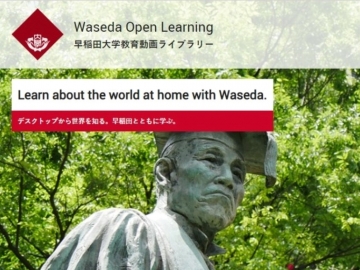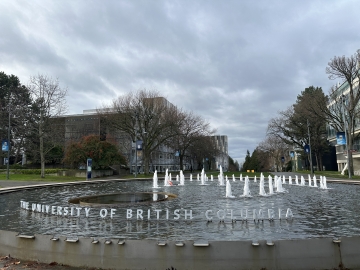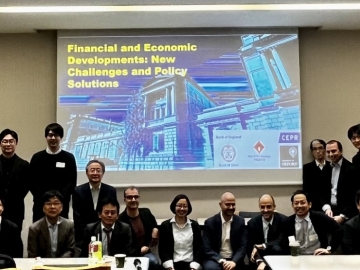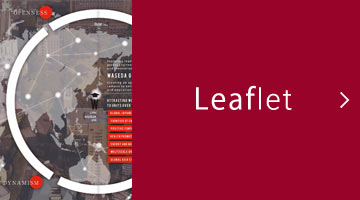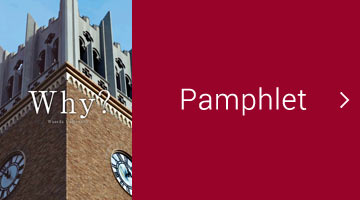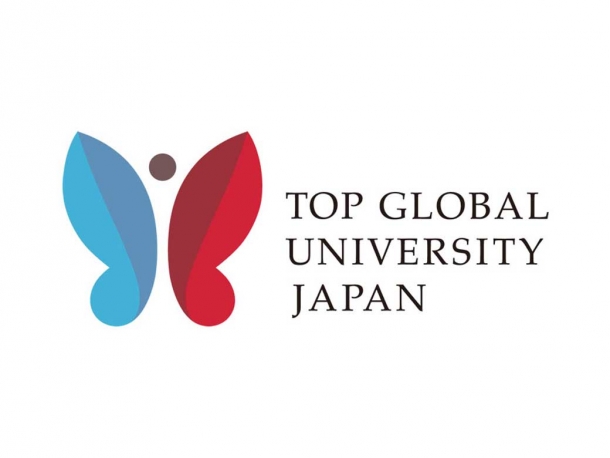ICPSR (Inter-university Consortium for Political and Social Research), which owns the world’s largest archive of research data on social sciences, holds an annual summer program in Quantitative Methods of Social Research at the University of Michigan, where it is headquartered. The ICPSR Summer Program, which has been operating since the 1960s, was held in person in Ann Arbor with three weeks of intensive lectures on more than 40 courses.
The Center for Positive/Empirical Analysis of Political Economy subsidizes its program fees every year for graduate students participating in this program. This year, with the Unit’s support, three graduate students from the Graduate School of Political Science and the Graduate School of Economics dived into this three-week program at the University of Michigan. Below is one student’s report on his experience.
Zou, Huiting (鄒 慧婷)
Graduate School of Economics, 1st-year master’s program
Research Theme: Agricultural Economics
Dispatched to & Duration: University of Michigan, USA (July 15, 2023 – August 6, 2023)
Introduction
The ICPSR summer program is a training program to acquire various quantitative analysis methods.
The program covers basic statistics and extends to many advanced quantitative methods courses. The original intention of many courses is to present information that is not covered by most universities to students who want to study specific quantitative methods in depth. In short, this is the course content that is needed for research and is difficult to find elsewhere except in the ICPSR project. This year marks the 60th anniversary of the founding of ICPSR. The ICPSR project has also continuously enriched the types of courses during its development. This is a precious learning opportunity for students who want to improve their quantitative analytical skills.
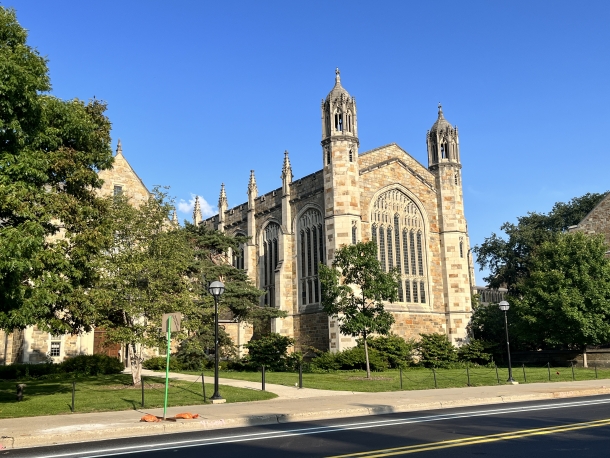 University of Michigan
University of Michigan
COURSE and LECTURE
The project’s content is divided into two types, which varied in length of time. COURSE is on specific quantitative research methods, which lasts three hours a day for three weeks, while LECTURE is a short class, mainly about the basic knowledge of mathematics and the use of various measurement tools. The total duration of a COURSE is 45 hours, while a course at Waseda lasts 23 hours for one semester. In comparison, it is short-term while highly intensive.
Also pay attention to matching your major with your interests: make sure the courses you choose are consistent with your academic interests and research directions, so that you will be more engaged in your studies. In the ICPSR project, since many courses are actually geared towards social science, such as psychology and etc., the research methods used in those subjects are different from those in political science and economics. Therefore, by participating in these multi-field courses, you can broaden your horizons and understand the uniqueness of research methods in each field. In the meanwhile, since it is a completely unfamiliar field, it is also a big challenge.
The course selection for the ICPSR project is highly flexible.
Although you need to select courses in advance when registering, we still have the opportunity to modify the course selection after the program’s start. We reserve the right to make adjustments to course selections within the first week of the program. In addition, on the first day of the program we can reserve an interview with the advisor. By communicating with an advisor, we can get valuable advice based on the course content we have mastered to choose courses that suit our academic level.
This flexibility in course selection provides us with more flexibility, allowing us to accurately select courses that meet our expectations based on our personal academic needs and interests, and better guide our academic development.
If you want to receive a grade letter and achieve excellent grades, I strongly recommend actively communicating with your teaching assistant (TA) at the beginning of the course. It is crucial to understand through communication whether you are suitable for this course and to assess whether you have the ability to master the content of the course.
The TAs for each course are very friendly and helpful, and there is no need to worry about language barriers. They will listen carefully to your questions and give detailed answers. By establishing good communication with them, you can get important information about course difficulty, teaching methods, assignment requirements, etc., so that you can better develop appropriate strategies for your own learning. During the learning process, if there is anything you don’t understand, you can get patient explanations from TAs. This kind of communication not only helps you make informed choices at the beginning of your course selection, but also provides you with support and guidance throughout the course to ensure the desired results.
In addition, starting this year, the ICPSR project has undergone major changes. The project shortens the course duration from 4 weeks to 3 weeks, making the course more compact and intensive.
However, this change brings some significant advantages: Video recordings are provided for each course, allowing us to continue learning even after the program and have access to the recordings at any time until December. Each person can choose 4 courses and unlimited lectures.
More flexible learning arrangements: Within 3 weeks after the start of the project, we can choose to focus on 2 courses that interest us most, complete the assignments through offline courses, and obtain transcripts. Later, for other courses, we can learn by watching the videos online. This flexibility allows us to better arrange our own learning plans.

With those things in mind, I chose all the lecture courses based on the principle of learning the relevant quantitative analytical knowledge as completely as possible (If those lectures are free, who am I to say NO?). This allows me to continue learning even after the closure and make full use of the learning resources provided by the ICPSR project.
The courses I chose are Panel Data and Longitudinal Analysis, Multilevel Models II: Advanced Topics, Causal Inference for the Social Sciences II, and Time Series Analysis II: Advanced Topics.
The course I follow offline is Panel Data and Longitudinal Analysis. This course focuses on the unit heterogeneity and spatio-temporal dependence issues (issues) that will appear in panel data. It explains how to test the existence of these issues, and then how to fix these issues, and how to deal with missing data, unbalanced panel data and other issues. In the first half of the course, basic knowledge of line generation is used to theoretically analyze the causes and effects of unit heterogeneity and spatio-temporal dependence. It is recommended that you have a certain foundation in line generation to better understand the content of the course. As for how to test and fix these problems, the teacher will carefully explain the principles and characteristics of the different methods, as well as how to prescribe the right medicine and use different methods for different panel data characteristics. In the lab part, we will explain how to implement this method on STATA and R respectively. Knowing only R or STATA does not affect understanding the course and completing the assignment. However, because some methods can only have R or STATA packages, considering the actual application, it is recommended to master some R and Stata code base before starting the project.
This course included many relatively advanced quantitative methods. In the short period of offline class time, I did not have a good understanding of the statistical principles of measurement methods. However, because there is a video of the course, I can use my free time such as holidays to learn more about it after the program to better understand measurement methods.
If you want to get a grade letter for this course, you need to complete 7 assignments. Although the principles of quantitative analysis methods learned in the course are very complicated, the assignment only involves code questions. The main thing is to understand the code samples in the class and apply them, and actually do them. Discovery is not very difficult. Moreover, TA’s score is not based on correctness, and full marks will be given once the submission is done. In addition, for each time, TA will give detailed feedback on what went wrong, how to improve, etc. Compared with listening to lectures, completing assignments can help you better understand the content of the course and master the method.
The course content of Multilevel Models II: Advanced Topics is more geared toward social science majors and may be challenging to students majoring in political and economics. Checklist is very useful: in most of the times, many problems in research are not solved by quantitative methods — instead, basic knowledge is used in the early stage of research design to consider various problems that may arise, such as connections in time and space, and spillover effects, etc. The checklist the professor, John gave us can inspire us to think about what kind of problems may arise in the early stages of research, and how we can improve our research design and eliminate problems at their source. In the final take-home exam, using checklist analysis and research is also the focus of the assessment.
I also listened to part of Causal Inference for the Social Sciences II in my free time. This course is more in line with the quantitative methods commonly used in political and economic research. The course content is an in depth look at the use of RD, DID and other methods and how to use machine learning to serve casual inference (Machine Learning Methods for Causal Inference).
I have not taken this course in full: according to the part I took, the course focuses on introducing the principles of measurement methods with basic statistical knowledge and introduces the theoretical part in detail, while the lab part is relatively short. This course has a certain degree of difficulty, but it has received mostly positive reviews. It is very helpful for students doing empirical research. If you are worried about the difficulty, you can choose to watch the course video carefully after the project’s closure.
For the lecture, what I chose were Introduction to Python and Introduction to the R Statistical Computing Environment. The style of these two courses is very similar, detailed and clear. The teaching follows the principle of learning by doing. During the course, while the teacher explains the code, everyone tries to write code on their laptops. When problems arise, you can ask questions at any time and get help from the teacher and TA. It is a very interactive and practical course that can help you master the basics of a programming language in a short period of time. It is recommended that students with basic knowledge watch the course video and skip the known parts at any time to save time. After all, the course of this project is highly intensive and stressful. You can change the method appropriately and learn efficiently.
LIFE
Although Ann Arbor is very close to the city of Detroit, it is a very quiet and safe town. The entire town is centered around the University of Michigan and is located in nature. The streets are clean and beautiful, squirrels and rabbits appear in places you wouldn’t expect, unknown mushrooms pop up after the rain, and the temperature in August is still around 20 degrees, which is cool and livable.
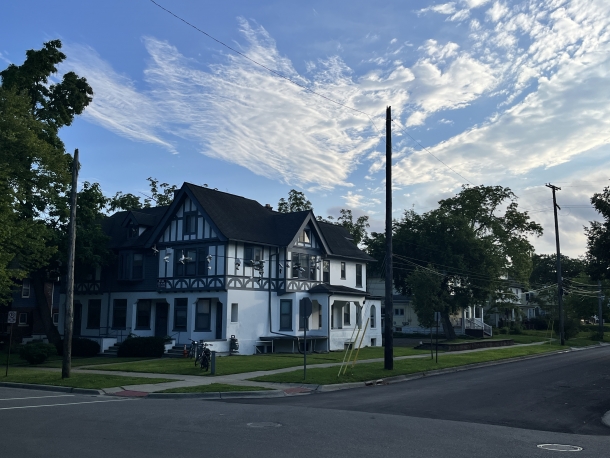 Accommodation
Accommodation
In terms of accommodation, I chose to sublet. Unlike other states, sublease is legal in Michigan. The advantage of a sublet is that there are more choices, you can find a suitable house at a lower rent with larger space, and there is a kitchen for self-catering.
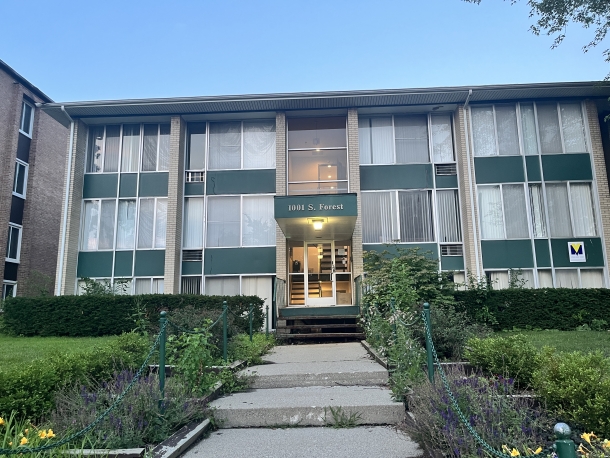
But the disadvantages are also obvious. In order to meet your own needs, you need to spend more time looking for a suitable house and sign a contract. In addition, on-campus housing is closer to the main teaching building CCCB, less than a 5-minute walk, while our sublet is a 10-minute walk from the teaching building where classes are held. Due to the more intensive course schedule, the time spent traveling to and from the accommodation during the one-hour lunch break is tight. However, there are many places for self-study on campus. During lunch breaks, you can rest on campus or complete assignments.
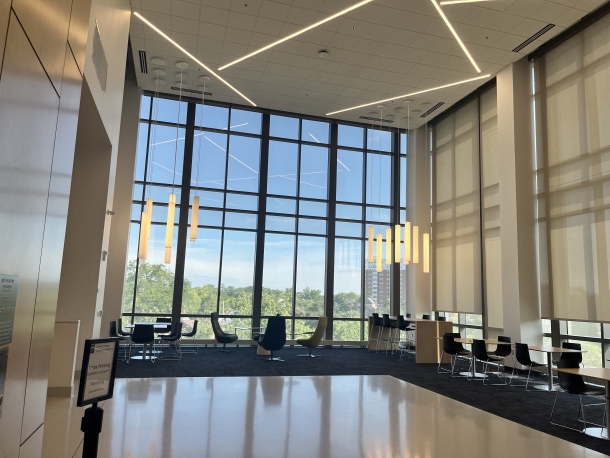
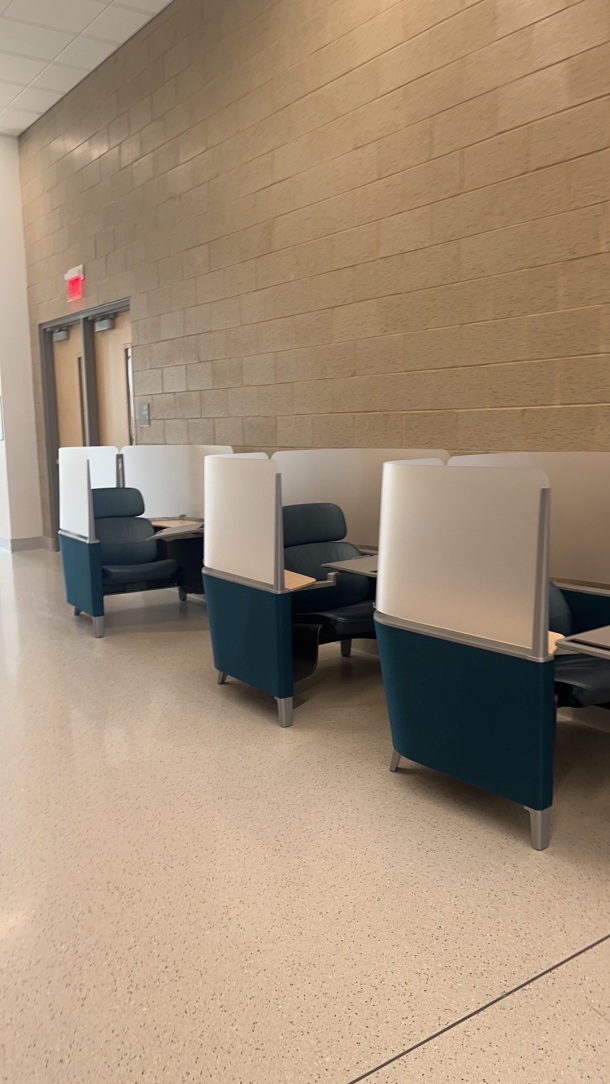
Traveling around Ann Arbor mainly relies on public transportation, and most places can be reached by taking public transportation. However, due to the detour before and after the Art Festival, many stations near the campus are within the scope of the detour. In addition, because the local buses are not very punctual and may even arrive at the station and depart early, and the real-time information on Google Map is not very accurate, it is not very convenient to take public transportation.
My Message
I believe that these high-intensity courses are quite a challenge for every participant. After arriving on-site, you need to overcome the jet lag and adapt to local life as soon as possible. Especially in the second semester, which is the final week of Waseda, you need to complete the final assignments of Waseda and the coursework of the ICPSR project at the same time. In this case, reasonable time planning is particularly important.
However, the sense of accomplishment that comes from overcoming these challenges is unparalleled. By participating in the project, we can actually improve our measurement level, connect the knowledge we have learned, master new content, and apply it to research. The quality of most courses in the ICPSR project is very high, which is a very precious opportunity for me who want to improve my metrology level.
In addition, because this project provides a wide variety of courses for different directions in social sciences, involving different tools and methods, participating in different courses has provided me with new directions and perspectives for my own research topics. At the same time, this experience also inspired me to flexibly use research methods from different fields in future research to obtain more comprehensive and in-depth research.
In the project, I also made many friends who come from all over the world. Although their research directions are different, I can still get advice and encouragement from upperclassmen. At the same time, I learned that many of my friends came to participate in this project at their own expense. I am deeply grateful for the financial support provided by Waseda University, which allowed me to reduce financial pressure and have the opportunity to participate in this valuable ICPSR project.
